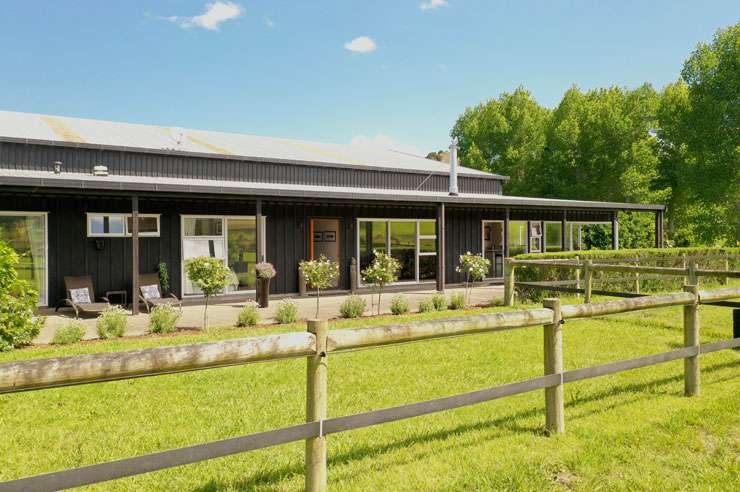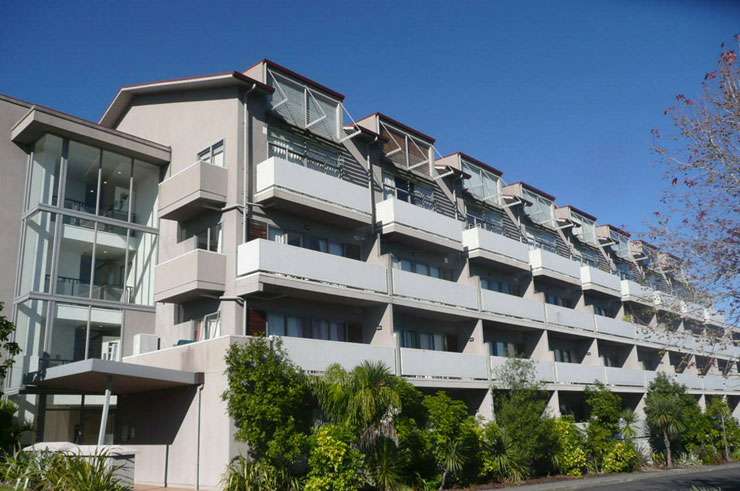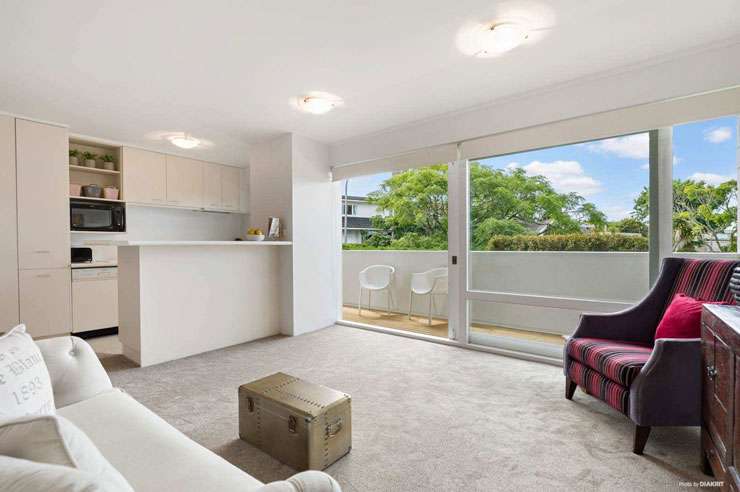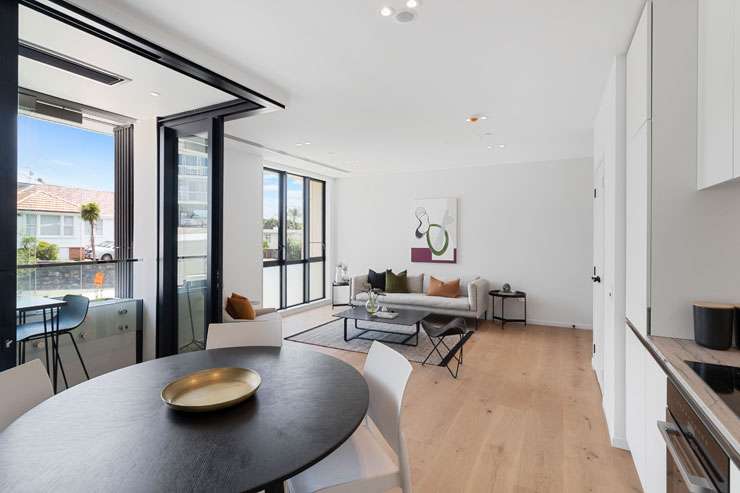The number of Auckland suburbs where every house sold for $1 million or more rocketed to 59 this year as low listings and cheap interest rates put pressure on the city’s housing market.
Sales figures analysed by OneRoof show a big shift in entry-level prices in almost a quarter of the city’s suburbs.
In the six months to the end of 2020, there were just 18 Auckland suburbs where there were no sales of less than $1m.
Analysis of settled sales in Wellington showed there were six suburbs where properties fetched a minimum of $1m this year, up from four in the previous six month period. And in Christchurch there were only three suburbs where every house sold this year changed hands for $1m or more.
Start your property search
The analysis also showed a crunch in the number of affordable suburbs. There are just 16 New Zealand suburbs where every sale this year was below $500,000 - down from 50% on the previous six-month period.
OneRoof editor Owen Vaughan said: “The data reinforces what first home buyers already know – that getting a foot on even the lowest rung of the housing ladder is getting harder.
“It’s all the more startling because it isn’t just the median value, which can often mask the fact there are properties for sale for below the median.
“While we already knew that Auckland’s median property value had crossed the $1m mark post-Covid, this research shows that some suburbs are potentially no-go areas for first home buyers as well as good investments for those with a $1m budget.”
In Auckland, the majority of suburbs with no sub-$1m sales are on the fringes of the city in predominantly lifestyle areas like Coatesville and out to Matakana to the north, with inner-city exceptions such as Pt Chevalier, Kohimarama and Orakei, and Campbells and Mairangi Bays on the North Shore.
Of the 59 suburbs identified by the research, 17 had more than 10 settled sales between January and the end of May, with Beachlands in east Auckland and St Heliers in central Auckland the hottest spots. In Beachland, all 47 sales this year were for $1m or more, while in St Heliers the number was 36.
James Wilson, director of valuation at OneRoof’s data partner Valocity, said the big increase in $1m-plus suburbs and marked decrease in sub-$500,000 suburbs shows “clearly and quite drastically” how the overall value of housing stock across the country has taken the next two or three steps up the affordability ladder.
“You hear all the time that values are going up and up and up but then when you look at data sets like this it begins to drive it home.”
He said the analysis found just 43 Auckland where the lowest sale price was $500,000 or less, down from 45 suburbs at the end of last year, showing how little there was for sale in Auckland at affordable price points.
“Often buyers might be able to find things like a studio apartment or an apartment that’s needs remedial work.
The biggest Auckland bargain so far year pricewise was a small, one bedroom unit in Westward Ho Road, Glen Eden. It sold for just $40,000, with the extraordinarily low price the result of the building needing repair.
The research also shows it’s still possible to get a bargain in some of Auckland’s higher-value suburbs – if you were still buying a unit and prepared to pay well over the $500,000 mark for it.

The expensive entry point into the Auckland housing market - a lifestyle property on Leigh Road, in Big Omaha, Matakana. Photo / Supplied
For example, a one-bedroom unit in Herne Bay, New Zealand’s most expensive suburb, where the median property value is $3.31m, sold this year for $695,000.
And while buyers in Remuera and Ponsonby can expect to fork out more than $2m for a home, one bedroom units can sell for a lot less, with the minimum sale price of both suburbs coming in at $710,000 and $438,000 respectively.
“However, overall listings are at record lows and that means what does come to market sells really well and really quickly, and drives overall prices up,” Wilson said.
The research also points to affordability issues for existing home-owners who might want to take advantage of the hot market and sell.
Vaughan said that those who have enjoyed significant capital gain in the last five years would face steeper prices the rung up the ladder in Auckland. “They might have a property worth $1m but if they want to buy a bigger one in Auckland it’s going to cost them $1.5m to $2m. That means they have to take on another huge mortgage.”
In Auckland, the fact more $1m-plus sale suburbs are on the fringes of the city are probably due to a combination of people seeking lifestyle properties and also rezoning allowing more density in some areas, Vaughan said.

Auckland's cheapest property this year was a unit on Westward Ho Road, Glen Eden, which sold for $40,000. Photo / Supplied
The research shows the most expensive entry point for Auckland was $3.425m for a 1,983sq m lifestyle property way out on the northern fringes of the city in Big Omaha, between Matakana and Leigh.
Bayleys agent Raymond Barnes, whose patch includes Big Omaha, said that properties in the area rarely sell for anything as low as $1m. “For quite some time the sale prices in that neck of the woods have all been on the north side of it or closing in on $2m in some suburbs,” he said.
It is a similar problem further south in Coatesville, Campbells Bay and Mairangi Bay, whose lowest sales this year were $1.95m, $1.438m and $1.035m respectively.
Jonathan de Jong, of Bayleys North Shore, said there was little to nothing on the market for $1m in any of them. “Coatesville, obviously, is the number one lifestyle place on the North Shore so we’re talking larger properties and we’re talking acreage,” he said.
“We’re talking lifestyle blocks so for lifestyle to be above $1m is no surprise whatsoever.”
Mairangi Bay is a sought-after “beautiful little town” near magnificent beaches where homes are tightly held, and neighbouring Campbells Bay has many expensive homes with sea views out to Rangitoto and the Gulf.
But even a house down a driveway and with no sea view would likely still fetch over $1m, de Jong said, with the land value alone getting close to the $1m mark.
In Pt Chevalier, the home of this year’s Block, demand and scarcity of stock had pushed up prices.
Professionals agent Derek von Sturmer, who sells in the area, said there was no sale under $1m this year and just two sales under $1.25m – one was a plaster unit with a cell phone tower and a motorway interchange next to it and the other was a unit in an older complex near the town centre.
He added that in January, five terrace houses on Moa Road were sold off the plan for $995,000 each and while these properties had not yet settled, he believed that if they were sold off the plan today they fetch at least $100,000 more.

All 36 settled sales St Heliers this year have been for $1m or more, with the lowest settled sale this unit in Hampton Drive. Photo / Supplied

The cheapest property to be found in Orakei was this apartment in Paora Street. Photo / Supplied
“Even the old style ‘sausage block’ units would now sell for over $1.2m but we simply haven’t had any of those for sale lately.”
Von Sturmer said that it was very unlikely any new terrace houses or smaller units coming on to the market in Pt Chevalier or neighbouring Mt Albert would be sold for less than $1m.
“The prices developers have to pay for sites plus the increase in building and compliance costs simply make it too difficult to offer anything in the sub-$1m range.”
Instead, most developers in Pt Chevalier were building larger homes that they could sell for well over $1.5m.
"Demand is so strong in Pt Chevalier right now that we could sell 30 homes in the $1.5m to $5m range in the next four weeks if we could only find more sellers.”
Tauranga-based mortgage broker Rupert Gough, owner of The Mortgage Lab and a columnist for OneRoof, said first home buyers had to change their aspirations around what they can buy.
Those who have been able to get pre-approval for a $1m mortgage, for example, are finding what that bought three months ago costs more now, but rather than increasing the amount they are borrowing they are dropping their expectations of what to buy.
“What you generally find is people don’t go up to $1.1, they just go down in the quality of house.”











